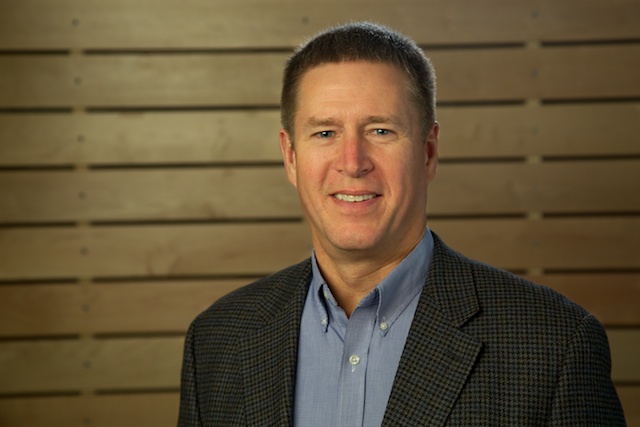What Renewable Chemistry Can Learn From the Karate Kid
By Mike Knauf, CEO, Rivertop Renewables
The era of renewable chemistry is here: consumers have demanded it, manufacturers have embraced it and Congress is updating regulations to reflect the influx of new chemicals. That said, bio-based chemical companies still must deliver products that compete on price and performance – we can’t rest on our environmental laurels. Yet managing the relative cost of bio-based products remains the single greatest challenge facing our industry.
At times, those of us in the industry may feel like Danny, the star in the hit movie The Karate Kid. Danny is a scrappy kid from New Jersey who learns valuable lessons as he trains to fight a superior opponent — Johnny and his Cobra Kai gang. We can learn much from Danny’s progress under the tutelage of his sage teacher, Mr. Miyagi, about how to overcome our opponents with wit, strategy and finesse rather than brute force.
Let me explain. Most bio-based product manufacturers use sugar feedstocks as their carbon source for producing both commodity and specialty chemicals. In fact, it’s been said that “Sugar is the new crude” given the broad portfolio of products, such as fuels, fatty acids, organic acids and other chemical types that can be derived from it.
One of the greatest challenges facing sugar feedstocks is their oxygen content. In many cases, much of the oxygen has to be removed in order to produce valuable products like renewable fuels or drop-in replacements for petrochemicals. Taking away oxygen not only decreases the mass of the sellable end product, but also requires energy to forcibly remove the pesky element.
When microbes convert sugar to hydrocarbons, typically more than 75 percent of the initial feedstock mass is lost. Similarly, at least 50 percent of the initial feedstock is lost when ethanol, a renewable fuel and oxygenate for transportation fuels, is produced from sugar by fermentation.
Losing that much mass (and value) presents extreme challenges for cost-competitiveness in a world where the costs of fossil-based feedstocks are at or near historical lows, as some nations let their hydrocarbons rain on the global market as if they were Old Faithful.
So oxygen is our industry’s Johnny – it torments us and dares us to fight a hard battle on its terms.
Despite the challenges, sugar shouldn’t be discounted as a feedstock; it simply requires a different approach. Rather than treating sugar like a hydrocarbon and cracking it mercilessly, we need to treat it more like the complex molecule it is and use our smarts to get what we want. We need more craft and less force.
Mr. Miyagi taught Danny to use the opponent’s own strength and motion against it. So, instead of fighting to remove oxygen, at Rivertop we add it, turning a problem into an opportunity. More Danny and less Johnny.
Not every modern chemical company can add oxygen to their process. But as companies seek ways to reduce the cost and improve the yield of their bio-based products, they might consider working in concert with the natural assets of molecules, rather than trading punches with them in a battle of attrition.
About the Author:
 Mike Knauf is CEO of Rivertop Renewables, a Missoula, Montana-based producer of novel chemicals derived from all natural resources.
Mike Knauf is CEO of Rivertop Renewables, a Missoula, Montana-based producer of novel chemicals derived from all natural resources.
Rivertop Renewables recently announced that it has exceeded the nameplate capacity of its first commercial production facility during benchmark testing. At full capacity, the plant, operated by DTI in Danville, Virginia, is now capable of producing more than 9 million dry pounds/year of sodium glucarate, an increase of 15% over original design projections. Last month, the plant received its first supplier “Recommended” rating in a quality and supply chain audit by a leading water treatment industry customer.
More news about Rivertop Renewable’s glucarate production on this link: http://www.rivertop.com/news-and-events-post/rivertop-renewables-dti-exceed-nameplate-capacity-first-glucarate-production-facility/




